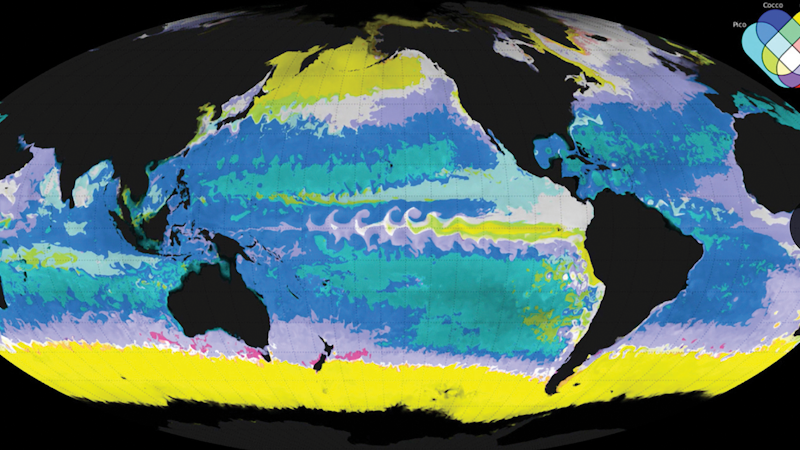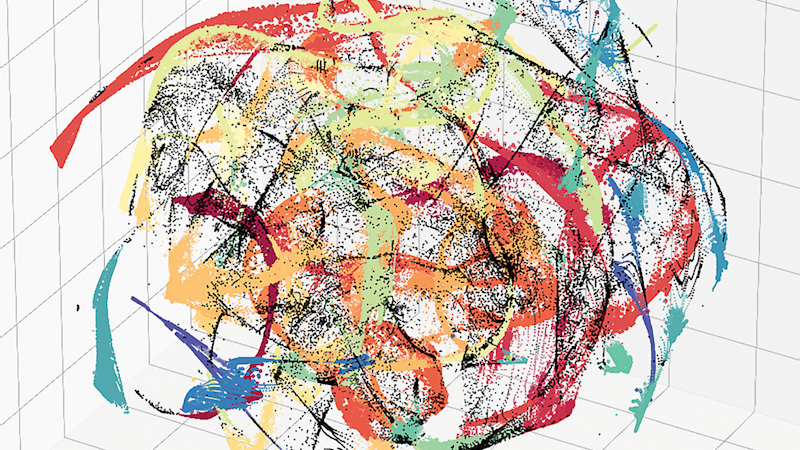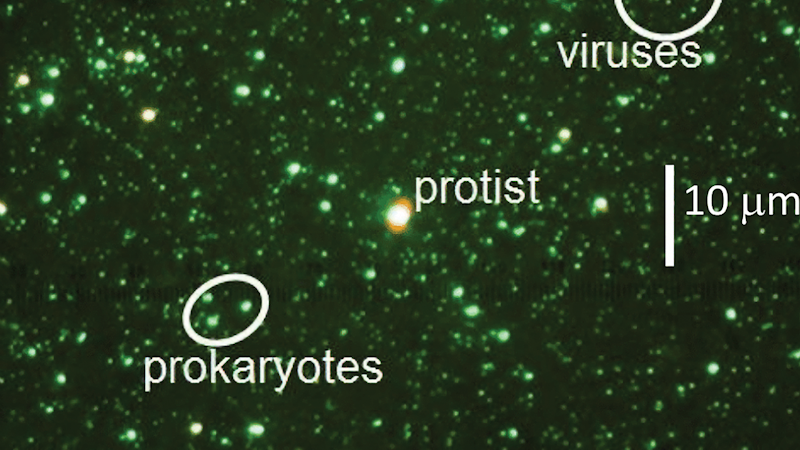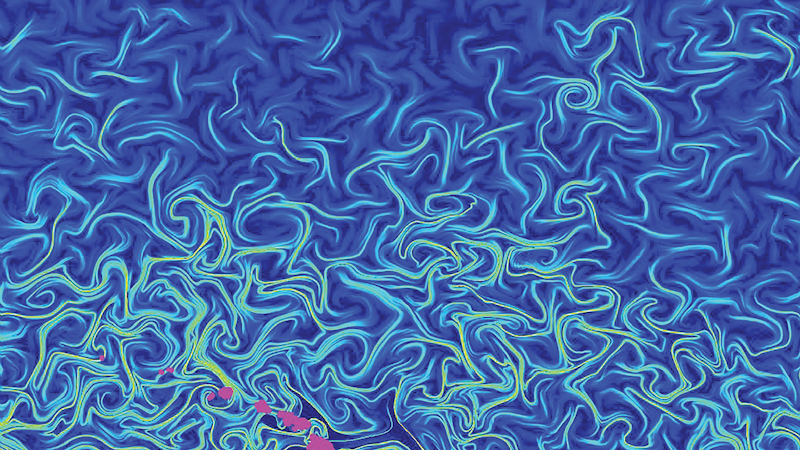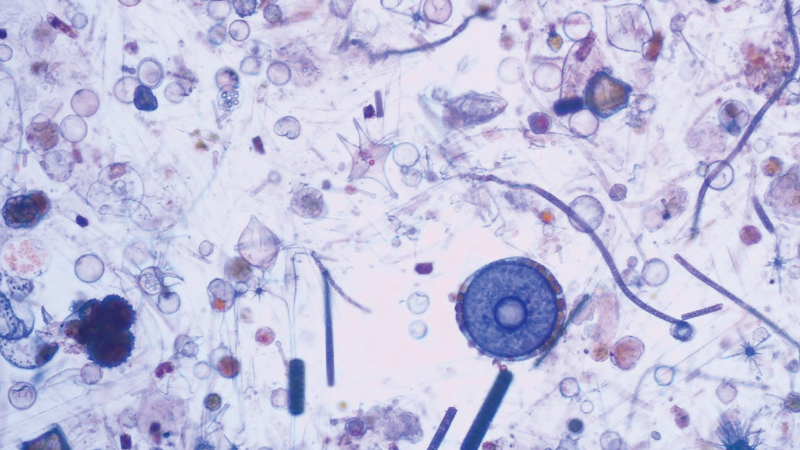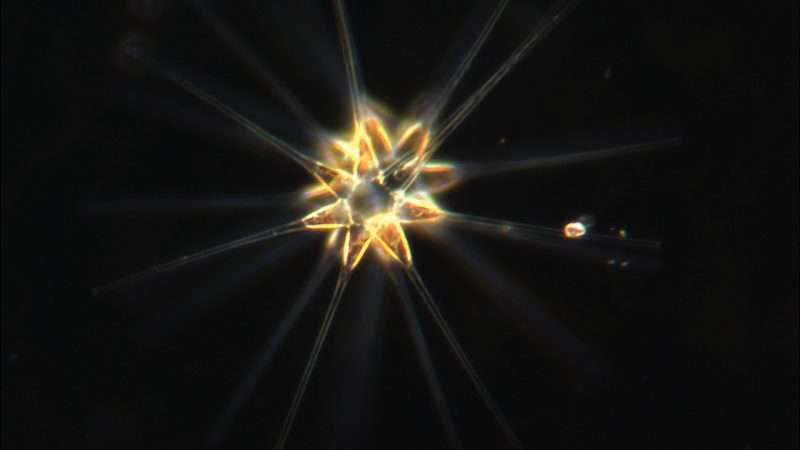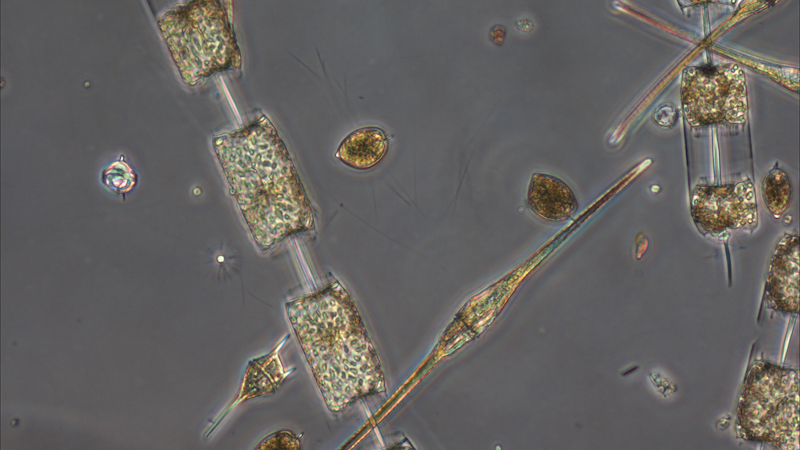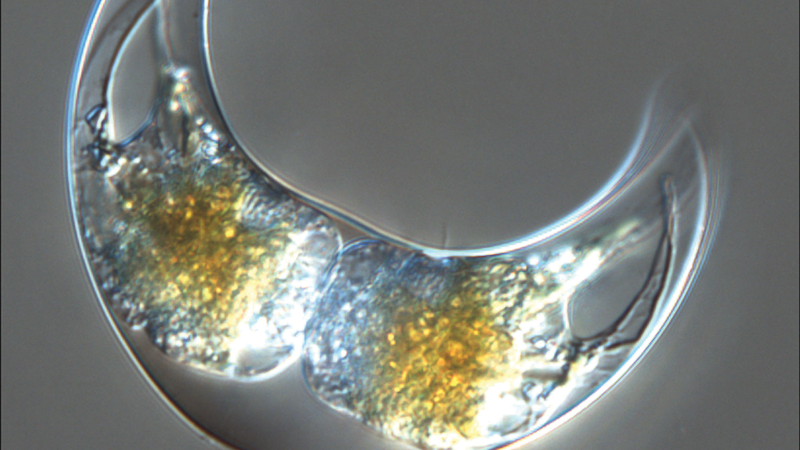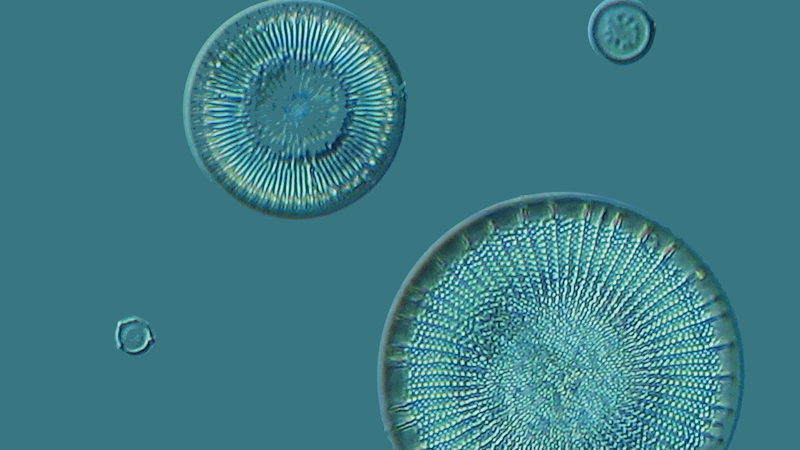Sea Life You Can’t See: The Beauty of Ocean Microbes Revealed
VIBRANT OCEAN: A CBIOMES model incorporates information about the physics of ocean dynamics, the chemistry of nutrient distribution, and the biology of the microbial ecosystem to produce a global map of marine microbial communities at 18-kilometer resolution. The Venn diagram at the upper right shows how colors on the map correspond to different combinations of four groupings of marine microbes.
Credit: Oliver Jahn
 From comb jellies to sea anemones, ocean life takes one dazzling form after another. While some of these creatures are familiar from walks on the beach or nature shows, many of the most beautiful and fascinating ocean life-forms exist on a scale too small for the human eye to see. Individually, these microscopic organisms are imperceptible. But collectively, they have an outsize impact on ocean life and the global climate, forming the base of the ocean food chain and mediating the cycles of carbon, nitrogen and other key nutrients throughout the ocean.
From comb jellies to sea anemones, ocean life takes one dazzling form after another. While some of these creatures are familiar from walks on the beach or nature shows, many of the most beautiful and fascinating ocean life-forms exist on a scale too small for the human eye to see. Individually, these microscopic organisms are imperceptible. But collectively, they have an outsize impact on ocean life and the global climate, forming the base of the ocean food chain and mediating the cycles of carbon, nitrogen and other key nutrients throughout the ocean.
These diverse microbes interact with one another in a dynamic dance across time and space. The Simons Collaboration on Computational Biogeochemical Modeling of Marine Ecosystems (CBIOMES) seeks to build mathematical models that chart every detail of this dance — from the individual rules that govern what each type of microbe needs to thrive to the structure of the large-scale microbial communities captured in satellite imagery.
The models are as beautiful as the microbes themselves, says Stephanie Dutkiewicz, a CBIOMES investigator and a principal research scientist at the Massachusetts Institute of Technology. “We reduce that incredible complexity to a simplicity that sometimes shocks the people who study it.” And when the team adds some of the complexity back in, she says, “we end up with incredible richness.”
